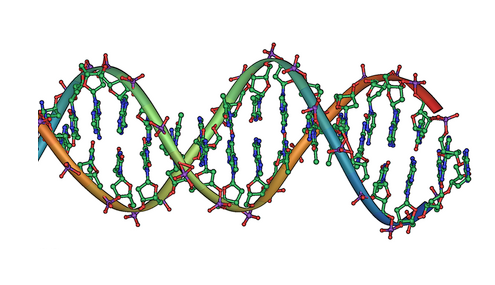#the turing test
With as much terror as rogue AI often inspires in movies, in the real world, computers haven’t yet been able to compete with the human brain when it comes to its plasticity and ability to learn.
A group of scientists seek to change that by creating a super-fast computer that “grows”. In order to achieve this, they have to look beyond silicon for its building material. Professor Ross D King and his team of scientists at The University of Manchester have come up with a model for what is known as a “nondeterministic universal Turing machine” (NUTM)—a type of computer that has yet to exist outside of the theoretical realm. The secret ingredient that makes this attempt more feasible than in the past is the new use of DNA in place of silicon.
“Imagine a computer is searching a maze and comes to a choice point, one path leading left, the other right,” explained Professor King, from Manchester’s School of Computer Science.
“Electronic computers need to choose which path to follow first.
"But our new computer doesn’t need to choose, for it can replicate itself and follow both paths at the same time, thus finding the answer faster.
"This ‘magical’ property is possible because the computer’s processors are made of DNA rather than silicon chips. All electronic computers have a fixed number of chips.”
By using the genetic alphabet of nucleobases, ATCG (adenine, thymine, cytosine and guanine) instead of 1s and 0s, scientists can make a computer that can not only be as small as a desktop computer but also outperform the fastest supercomputers in existence today.
Learn more about the feasibility of this possibility at phys.org or read the primary journal article through the Cornell University Library here.
Post link

